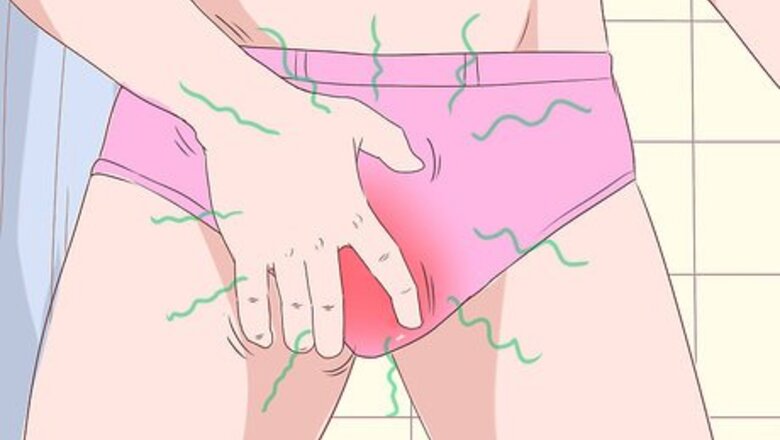
views
Treating Tears from Childbirth
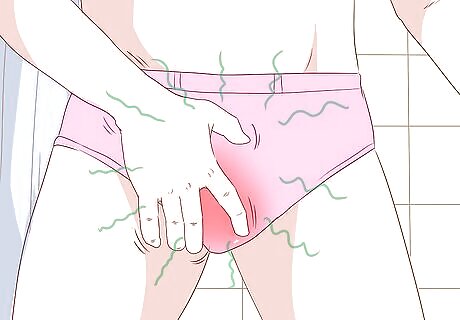
Determine the type of tear you have. There are four types of tears that you may get when you have a child. First-degree tears are thin tears of the skin. Second-degree tears are tears that involve the skin and muscle. These are the least serious types of tears. Third degree tears go down through the perineal muscles and into the anal canal. Fourth-degree tears go into the anal canal and rectum.
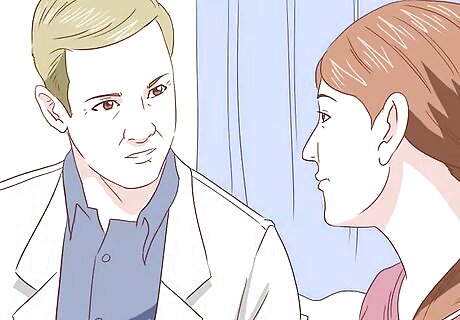
Get stitches. Most vaginal tears from childbirth need stitches, though in some cases first degree tears heal without stitches. The doctor will place minor stitches along the tear for first- and second-degree tears. Third and fourth-degree tears need more involved stitching. Each layer of skin and muscle needs to be sewed separately. For third and fourth-degree tears, the doctor will focus on stitching together the muscles that support the anus and rectum.

Keep the area clean. No matter the degree of the tear, you should keep the area clean. This can help reduce bacteria and help prevent infection. Wash your vaginal and perineal area three to four times each day. Pat the area dry with a clean towel. Make sure to dry from the front to the back so you don't get bacteria from the rectum in your vagina.
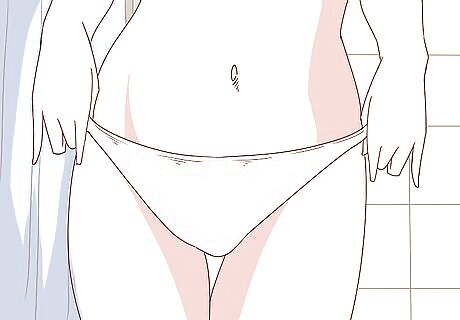
Change the dressing often. Make sure to change the dressing or sanitary pads every four to six hours. This helps to keep the wound clean and reduces the risk of bacteria.
Prevent constipation to relieve pressure on the area. Constipation can worsen the pain or the injury. To help prevent this, take stool softeners. Make sure to also drink plenty of fluids and eat a diet high in fiber.
Do Kegel exercises to strengthen the pelvic floor. An easy one to do is to squeeze the muscles that make you urinate. Hold it for up to 3 seconds before releasing. Repeat this exercise 10 to 15 times in a row, 3 times throughout the day.
Reducing Pain
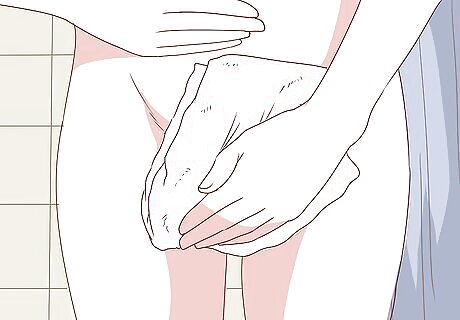
Try a cold compress. Cold compresses can help reduce pain and inflammation around the affected area. Don’t place ice or the cold compress directly on your skin. Instead, wrap it in a cloth to protect your skin from burning. Leave it on your skin for around 10 to 20 minutes. Place it on your perineal area every couple of hours.
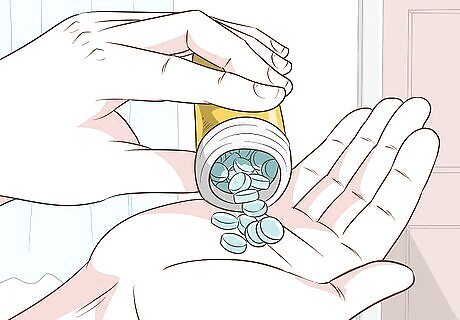
Take over-the-counter pain relievers. If the tear is causing you pain, try an over-the-counter pain reliever. Acetaminophen (such as Tylenol) and NSAIDs like ibuprofen (like Advil or Motrin), aspirin (like Excedrin), or naproxen sodium (such as Aleve) can help reduce your pain and discomfort. Make sure to read the label and take the medication only as directed.

Rest every hour. You should take it easy when you have a vaginal tear, especially after childbirth. If you have deep tears, only stand or sit for small amounts of time since this puts pressure on your vaginal area. Every hour, you should lie down for 20 to 40 minutes. Do this for two to four days after childbirth. When you do sit, sitting on a donut pillow may help relieve some of the pressure on your bottom.
Take a sitz bath a few times a day. A sitz bath is a bath in which you rest your bottom in the water. It can help both heal the vaginal tears and relieve pain. Take a sitz bath in warm water for up to 10 minutes. Afterward, pat yourself dry with a clean towel.
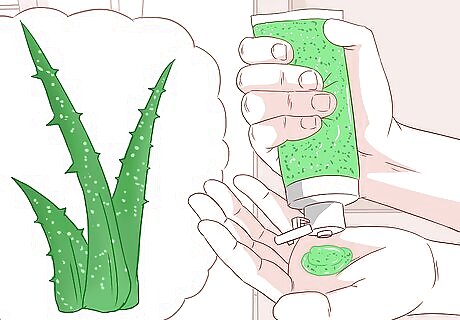
Apply aloe vera or calendula oil. You may try using some natural healing oils on the external skin of your vagina. Try a small dab of aloe vera gel or calendula oil. Don’t use antibacterial creams on your vagina because it will upset the balance of natural good bacteria.
Treating Minor Tears
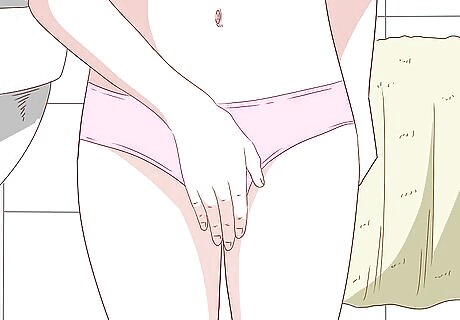
Notice any pain. Vaginal tears cause mild pain in your groin area. You may feel pain when you sit down, walk, or wear constricting clothing. Minor tears may also result in light bleeding. They may also itch or be uncomfortable.
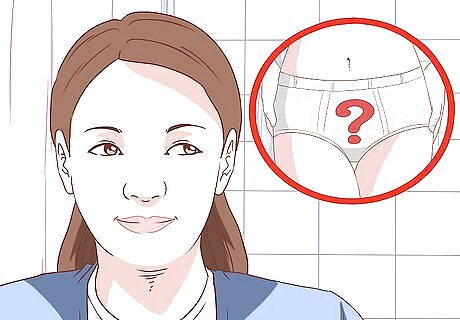
Leave simple tears alone. Simple tears will heal on their own without any treatment. Simple tears are small and look like paper cuts or abrasions. Simple tears may bleed at first, and they may sting, be uncomfortable, and itch. Simple tears are usually caused by something you know you did, like having sex or putting in a tampon. If you are unsure how bad it is, take a mirror and look at the tear. If it's gaping open and/or bleeding profusely, or if the tear is somewhere you cannot see, go to the ER.
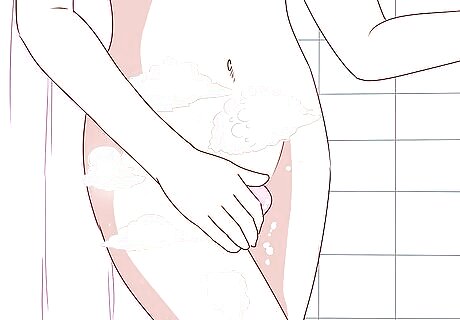
Wash your vagina twice daily. If you have a vaginal tear or cut, wash the area each day with only water. Make sure to wash gently and don’t be rough. Try not to wash away the natural protective layer of your vagina because it helps protect and heal the vagina. Don’t wash inside the vaginal opening. Only wash the external parts. Avoid douching while you have a vaginal tear. This can mess up your natural pH that keeps you healthy.
Wear clean, comfortable underwear. Breathable cotton underwear is the best for when you have vaginal tears. A slightly loose but comfortable pair will ease discomfort while your tears heal.

Avoid sex. When you have a vaginal tear, you should not engage in any sexual activity, alone or with your partner, for at least 6 weeks. Any kind of sexual activity that leads to contact with the tear can cause it to reopen. Contact from any body part can also introduce bacteria to the tear. After your vaginal tear is healed, be very gentle the first few times you have sex to make sure you don’t tear the sensitive flesh again.
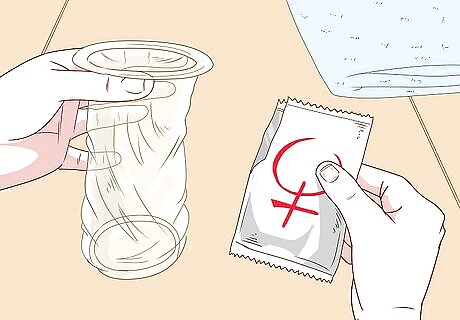
Avoid placing tampons or other objects on or near the vagina. While the tear heals, avoid irritating the vagina by using any objects on or in them. Don’t use tampons, condoms, diaphragms, or other vaginal objects. You should also avoid using any irritating lubricants or lotions. Wear loose cotton underwear that won’t constrict and press against your vagina.
See your doctor if the tear worsens. If the pain worsens, you should have your tear checked out by a doctor. Furthermore, if you notice bleeding, a foul-smelling odor or discharge, a fever, or dizziness, get immediate medical care.
Treating Tears Medically

Go see your doctor. If you have a vaginal tear that is causing you a lot of pain, is larger than a small cut or abrasion, has begun to smell, or won't heal, go see your doctor. They will do an exam to assess the damage to your vagina. The doctor will determine the best course of treatment. The doctor will also determine if you have any underlying conditions that lead to the vaginal tear.
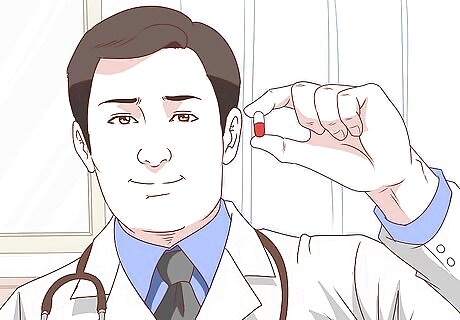
Take prescribed medications. If you have a vaginal tear, the doctor may prescribe medication to help with infection or healing. These may come in the form of a cream, pill, or gel.
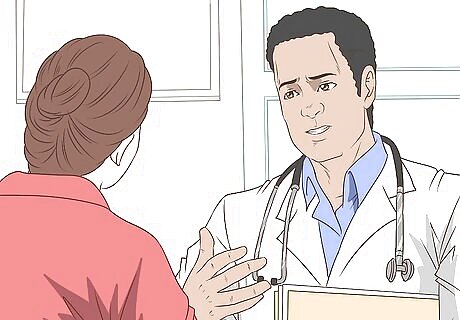
Increase your estrogen. Low estrogen may lead to atrophic vaginitis, which can cause a dry vagina that can tear easily. Other conditions, like cancers or hormonal imbalances, can also cause low estrogen. The doctor may prescribe estrogen creams to help. They may also suggest changing your diet to increase the estrogen you get from foods. Never try to increase your estrogen without consulting a doctor. This can mess with your body’s chemical balance.

See your doctor immediately for deep tears. Some tears are deep or violent. They may bleed a lot, have pus, smell foul, have loose flesh, or give you severe pain. If you experience any of these symptoms, you should see your doctor immediately for treatment. These types of wounds often occur because of childbirth, trauma, or accidents during sex. These are serious wounds and should be treated as such.
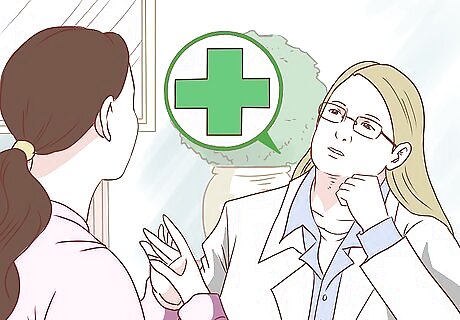
Get stitches. Many deep vaginal tears are treated with stitches. Stitches are used for tears that are longer than one inch. The doctor will stitch the skin together. This may occur at a clinic or hospital. Generally, these wounds heal well. While you are healing, you should keep it clean and dry. Wear loose-fitting clothing. Don’t perform any activities that will cause the stitches to tear or the wound to pop back open.


















Comments
0 comment